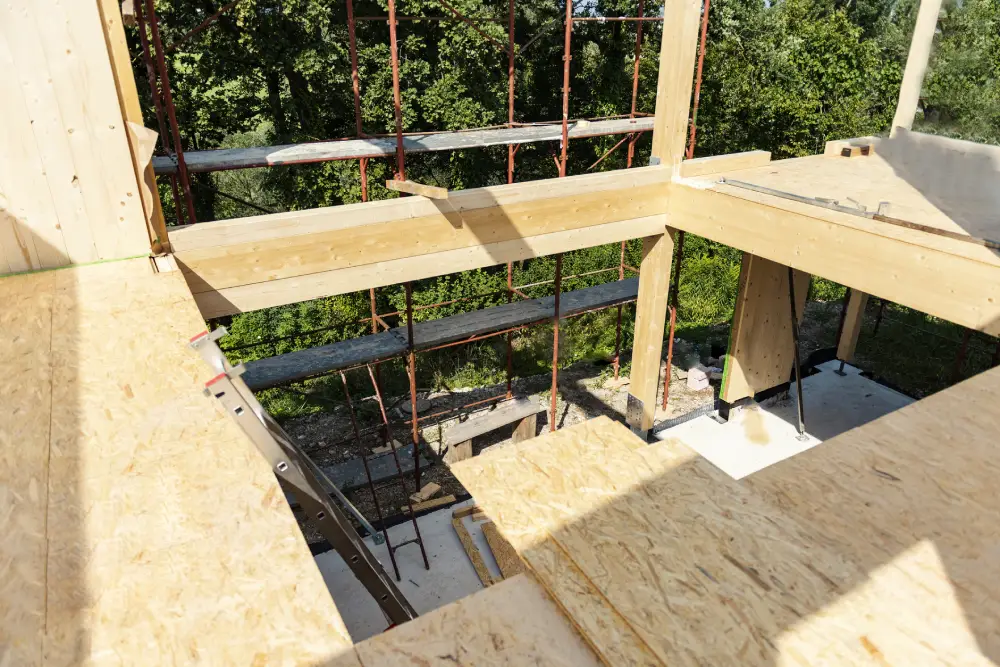
Construction Phase Defect Reports: Identifying Critical Issues
Construction Phase Defect Reports (CPDRs) are crucial documents that track and document defects during different construction stages. These reports help homebuyers, builders, and property managers ensure compliance, prevent structural failures, and reduce future repair costs. With stricter building regulations in Australia and a rise in construction-related disputes, defect reports have become an essential tool for risk mitigation and quality assurance.
Identifying and addressing defects early, CPDRs contribute to long-term safety, protect warranty claims, and maintain property value. Understanding their significance can save stakeholders from costly rework and legal battles.
Key Functions of Construction Phase Defect Reports
Ensuring Construction Quality and Compliance
CPDRs serve as a structured way to document and rectify defects before they escalate into major issues. They cover:
- Material Failures: Identifying defective or non-compliant building materials.
- Workmanship Errors: Highlighting flaws in construction that may compromise safety.
- Regulatory Compliance: Ensuring adherence to Australian Building Codes and Standards.
Who Relies on These Reports?
- Builders & Developers: To track construction quality and meet compliance requirements.
- Property Owners & Buyers: To ensure they receive a structurally sound investment.
- Legal Professionals: For dispute resolution and warranty enforcement.
When Are CPDRs Conducted?
- Pre-Construction: Site assessments before breaking ground.
- During Construction: Ongoing progress inspections at different phases.
- Post-Construction: Final inspections before handover.
Related article: Building Defect Reports
Common Construction Defects and Their Consequences
Structural Weaknesses
- Poor Foundation Reinforcement: Can cause subsidence and cracks.
- Framing Misalignment: Leads to uneven loads, impacting overall stability.
Plumbing & Electrical Issues
- Leaky Pipes: Contribute to water damage and mold growth.
- Faulty Wiring: Creates fire hazards and non-compliance issues.
Concrete & Material Deficiencies
- Insufficient Curing Time: Results in weak, crack-prone concrete.
- Use of Substandard Materials: Reduces building lifespan and durability.
Roofing & Waterproofing Failures
- Inadequate Sealing: Allows moisture penetration, causing dampness and structural degradation.
- Improper Drainage Systems: Leads to roof leaks and potential collapse under heavy rainfall.
HVAC & Ventilation Deficiencies
- Poor Air Circulation: Traps humidity, encouraging mold growth.
- Improper Ductwork Installation: Reduces efficiency and increases energy costs.
Unapproved Deviations from Plans
- Unauthorized Modifications: Can lead to regulatory violations and penalties.
- Omission of Fire Safety Measures: Puts occupants at legal and physical risk.
Related article: Roof Inspection
Construction Defects and Warranty Claims: What You Need to Know
Construction defects can lead to significant financial liability if not documented properly. Common warranty issues include:
- Structural Failures – Builders are obligated under Australian Consumer Law to rectify structural defects within warranty periods.
- Material Defects – If low-quality insulation causes inefficiencies, warranty claims may be contested if defects are not properly documented.
The Cost of Poor Documentation
A Melbourne homeowner discovered severe floor buckling 18 months after purchase. Due to a lack of defect documentation, the builder denied responsibility, leading to a costly legal dispute.
Related article: Third-Party Construction Stage Inspections in Melbourne
How to Identify and Document Construction Defects Effectively
Pre-Construction Inspections
- Verify architectural and engineering plans.
- Assess site conditions and material quality before work begins.
During-Construction Inspections
- Use thermal imaging to check for insulation gaps.
- Confirm framing alignment before drywall installation.
- Ensure roof flashing and waterproofing are installed correctly.
Post-Construction Assessments
- Conduct moisture testing to detect hidden leaks.
- Document defects with high-resolution photographs and site reports.
Recommended Tools for Defect Detection
- Drones: Capture aerial views for structural assessments.
- Moisture Meters: Identify water damage and leaks.
- Defect Tracking Software: Digitally streamline documentation and reporting.
Related article: Tools and Technologies
How Builders & Developers Can Address Defects
Best Practices for Defect Rectification
- Strengthening Weak Structures: Reinforce frames with additional bracing.
- Correcting Misalignments: Adjust foundations before further construction.
- Replacing Faulty Materials: Use compliant, high-quality materials per Australian standards.
Preventive Measures
- Conduct regular site inspections to catch issues early.
- Train construction teams on quality assurance best practices.
Best Practices for Construction Defect Reporting
Standardized Inspection Procedures
- Utilize standardized checklists to maintain consistency.
- Record clear photographic evidence to support defect claims.
Real-Time Reporting & Stakeholder Communication
- Implement real-time defect tracking to notify stakeholders immediately.
- Use digital reporting tools to streamline defect documentation and rectification processes.
Protect Your Project from Costly Repairs
Construction defects can have long-lasting financial and legal implications. A well-documented Construction Phase Defect Report ensures compliance, protects warranty claims, and safeguards the project’s integrity.
Ensure your construction project meets the highest quality standards. Schedule a professional defect inspection from Owner Inspections.
